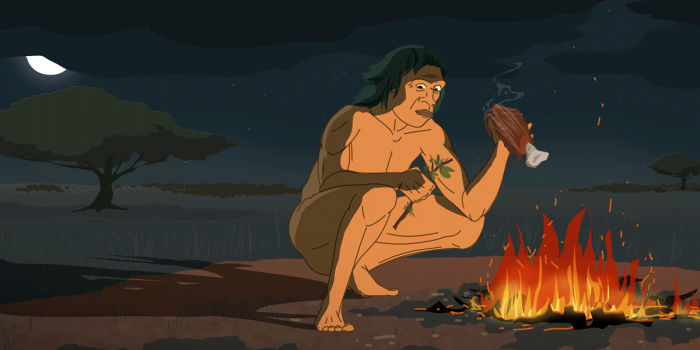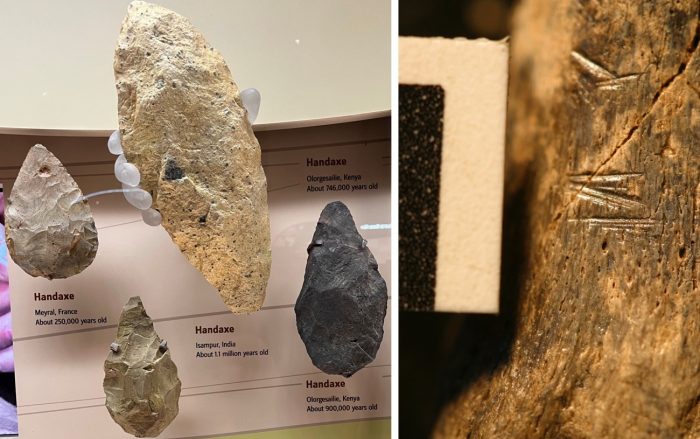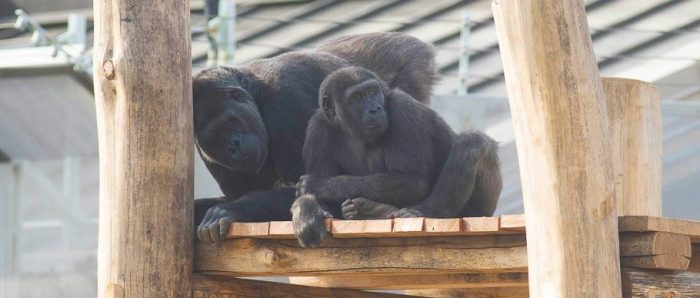Did meat make us human?
Eating meat is what made us human. At least, that’s one of the leading theories to explain how our brains got so big.

Much has been made of the theory that eating meat made us human. About two million years ago, an ancient ancestor emerged with a bigger brain and a smaller gut. And people say that a shift towards a meat-centric diet is the reason — but the full story of how humans arrived at our intelligence and appetites may be less easy to digest.
This time on Sidedoor, we investigate this commonly held assumption and see how our understanding has evolved.

Guests
- Briana Pobiner, paleoanthropologist; research scientist and museum educator with the Human Origins Program at the Smithsonian’s National Museum of Natural History
- Becky Malinsky, curator of primates, Smithsonian’s National Zoo and Conservation Biology Institute
- Andrew Barr, paleoanthropologist; assistant professor of anthropology, The George Washington University

Listen Now
Links and Extras
- Learn more about our early ancestors with Human Origins Initiative at the Smithsonian’s National Museum of Natural History. Explore an interactive species timeline, view the digital collections, or take a narrated virtual tour through the museum’s Hall of Human Origins.
- View a schedule of upcoming live virtual events from the National Museum of Natural History. You can also explore an archive of previously recorded sessions, including conversations in the HOT (Human Origins Today) Topics series.
- Explore the daily lives (and eating habits!) of some of the primate species residing at the Smithsonian’s National Zoological Park & Conservation Biology Institute. The zoo’s latest #GorillaStory update features Moke, a rambunctious four-year-old who keeps his entire troop on their toes!
- Our understanding of early humans is always evolving. Check out some recent findings in human origin studies from Smithsonian Magazine.
- Sink your teeth into Andrew Barr and Briana Pobiner’s full research paper, “No sustained increase in zooarchaeological evidence for carnivory after the appearance of Homo erectus.”
- How can researches avoid sampling bias? Masterclass shares six data shortcomings that can impact the validity of study results.

Posted: 26 September 2022







